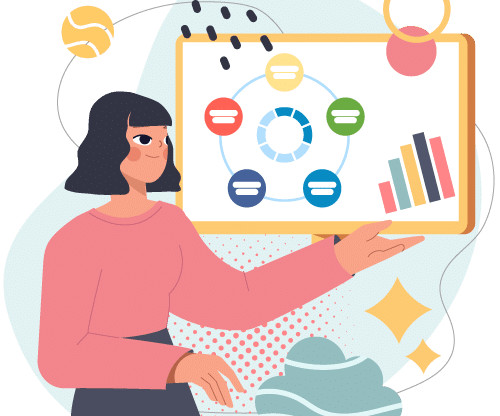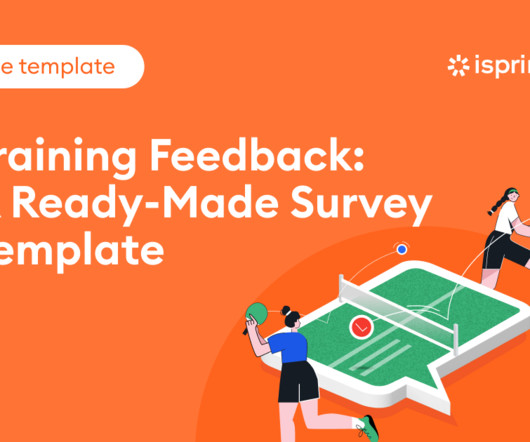The Great Resignation: What Cognitive Science Can Help You Do About It
Learningtogo
NOVEMBER 21, 2022
The Great Resignation: What Cognitive Science Can Help You Do About It. But the brain is a funny thing. Cognitive Load and the Toxicity of Busyness. John Sweller and colleagues established the theory of cognitive load in 1998. by Margie Meacham. In just the month of December 2021, about 4.3 BrainyBot™. HR Training Bot.







































Let's personalize your content